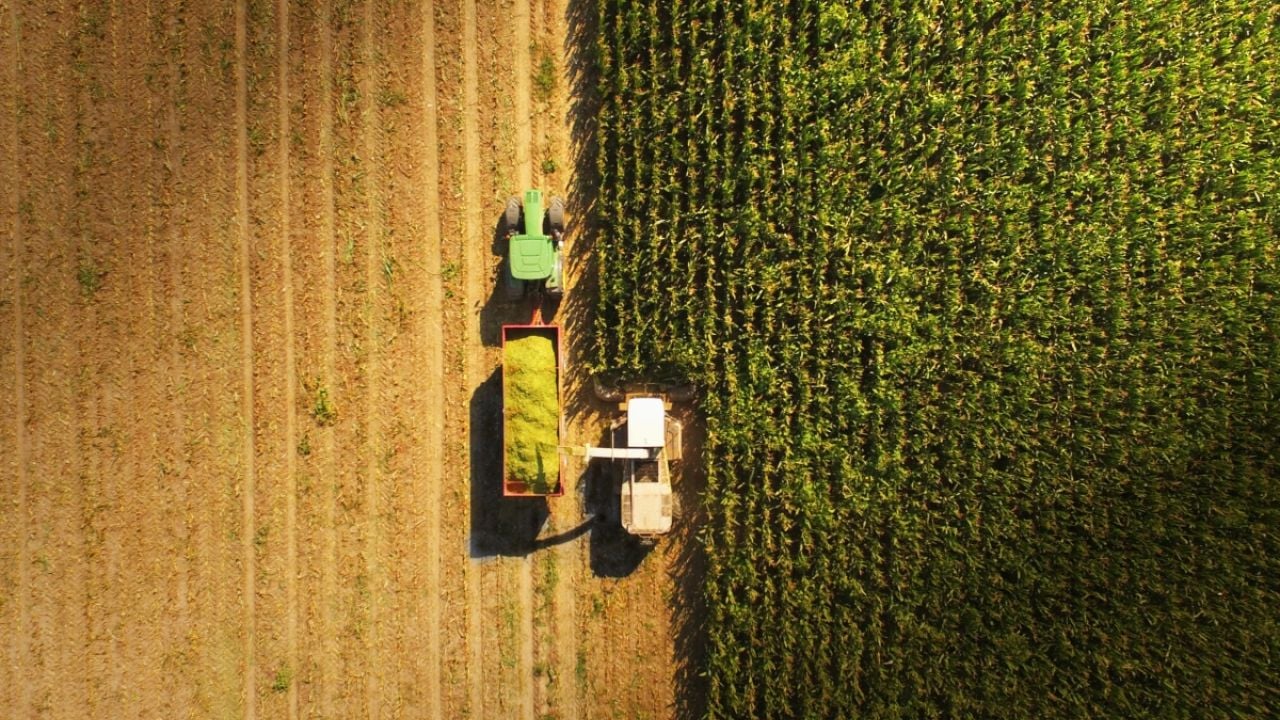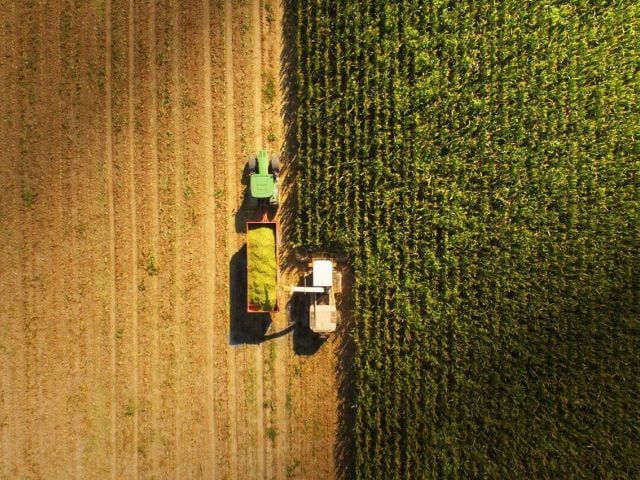
A farm bill debate in Congress might conjure up visions of rustic barns and amber waves of grain. So it may surprise you to learn that this legislation could expose kids to pesticides, cut funding for hungry Americans and worsen the climate crisis.
Some parts of the farm bill do address agriculture directly, including billions of dollars in bloated farm subsidies funded by taxpayers that go to a handful of farmers – even when total farm incomes reach new heights.
But the bill covers much more than crops and cattle. And if House Republicans get their way, the health and safety of millions of people could be on the line.
Blocking pesticide safeguards
The bill would make it much easier for Big Ag to spray potentially harmful chemicals on fields close to schools and near neighborhoods where people work and live.
Some of these chemicals have been linked to serious health concerns, including cancer, Parkinson’s disease and harm to development and reproduction. Children are especially susceptible to potential health problems. Yet the House farm bill would block efforts by states and towns to prevent pesticides from being sprayed near schools throughout the U.S.
Pesticide manufacturers favor blocking states and local governments from requiring additional warnings and use restrictions on their products. The bill would also help minimize the companies’ liability for related health problems and protect their bottom line.
Funding fight
The House farm bill is also bad news for the 41 million Americans living on a low income who rely on SNAP, the Supplemental Nutrition Assistance Program, to put food on the table. It would cut $30 billion in anti-hunger funds from SNAP, the Department of Agriculture program that leads U.S. anti-hunger efforts and is funded in the farm bill.
Where would that money go instead? It would be used for skyrocketing subsidies for a handful of large peanut, rice and cotton farmers, primarily in Southern states.
Farm subsidies have long been out of control, with billions going to the largest farms, which don’t need the help. Between 2021 and 2023, farmers collected more than $55 billion in taxpayer-funded farm subsidies, even as national net farm income was higher on average than any time in the past 20 years.
Increasing these subsidies will drive up the costs of renting and buying land, further tilting the playing field against Black, young and small family farmers when many small farms already struggle, and many have been pushed out of business.
Climate catastrophe
Not content with exposing kids to pesticides and letting people go hungry, the House farm bill would also move money away from actions that reduce agriculture’s greenhouse gas emissions. The sector already makes up about 10 percent of U.S. emissions and is set to rise.
To fight the climate crisis, agriculture’s emissions must be reined in. But the bill would scrap guardrails designed to ensure that a significant amount of USDA funding goes to climate-smart practices that reduce emissions and build soil carbon.
Practices such as cover crops also benefit water and air quality. In 2022, the Inflation Reduction Act included over $19 billion in additional funds for farmers to use to implement farming practices that help the climate through steps that reduce greenhouse gas emissions.
Farmers and ranchers want to use these kinds of climate-smart practices. But more than half the applicants for this conservation funding have previously been turned down because of high demand.
If Congress removes the climate focus of the remaining $19 billion, the USDA will likely revert to its previous ways, when less than one-quarter of conservation funding flowed to practices that reduced greenhouse gas emissions. The increase in emissions could be massive.
A farm bill for the few
Instead of obstructing state and local government efforts to protect people from the harmful effects of pesticides, the House should remove itself from the picture.
Instead of forking over more taxpayer dollars for farm subsidy programs, the House should reform them to save taxpayers money and develop more equitable federal farm policy.
Instead of shifting funding away from programs that can reduce agriculture’s greenhouse gas emissions, the House should encourage innovations that tackle the climate crisis.
If you’re a pesticide company, a Big Ag business or just a consumer satisfied with where your family’s next meal is coming from, the House farm bill may seem a winner.
For everyone else – children, taxpayers, small farmers, farmers from underrepresented groups, and people experiencing food insecurity – it’s a clear loser.


